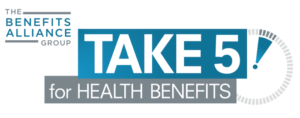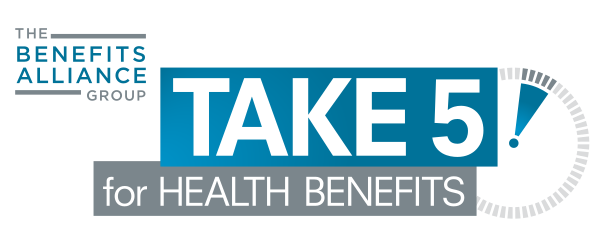While market volatility will never go away, history proves the wisdom of staying the course—and market performance since the start of the COVID-19 pandemic is a case in point.
In fact, Canadian equity markets are experiencing a strong rebound so far in 2021. As of October 22, the Toronto Stock Exchange reports that Canadian equities were up 21.7% over 2020, compared to market growth of just 2.2% in 2020 over 2019 and 19.1% in 2019 over 2018.

Source: TSX Composite Index, prepared by Belay Advisory
“The main message here is that although Canadian markets are impacted by global events that are not always predictable, rebounds can happen quickly,” notes Brenda Mullen, senior consultant, employee retirement plans, Belay Advisory in Calgary, Alberta, member firm of the Benefits Alliance Group. “That’s why investing based on comfort levels with risk is so important to allow people to ride out the troughs with less stress.”
SUN LIFE’S Designed for Savings 2021 report, released in October 2021, confirms that plan members generally stayed the course during the early months of the pandemic, when key global markets experienced “precipitous declines.”
From March 2020 to April 2021, just 5.5% of plan members made interfund transfers, i.e., moved money between investment options. This level of activity was lower than pre-pandemic periods. Among those who did make changes, 40% added equity exposure, which suggests that they saw this period of volatility as a buying opportunity. About one-third (30%) moved money to more conservative investment options.
Almost one in four (23%) made a voluntary withdrawal during this 12-month period. This result is again lower than pre-pandemic levels, although the average withdrawal amount was 11% higher than the previous year. “An important factor to consider is the role of historically low interest rates…instead of choosing to withdraw from their investments, members may be opting instead to borrow while it’s relatively inexpensive to do so,” noted the report. “Government income support programs likely also played a role in the relatively low level of withdrawals.”
These results also illustrate that plan sponsors’ efforts to educate members about the importance of a long-term, disciplined approach are paying off. Key to that is the determination and constant reinforcement of plan members’ personal comfort levels with risk “so when ups and downs happen, we have something to anchor the employees,” says Mullen.
Risk assessments occur at both the employee and employer level. At the employer level, advisors’ analyses of asset allocation can signal if more employee education would be beneficial; for example, if most of the retirement plan’s investments are in higher risk funds and most of the workforce is in their 50s, or if most employees in their 20s are in the default fund. Governance reviews, which generally occur annually, are a good time for these assessments, says Mullen.
At the employee level, a risk assessment questionnaire, available through the administering insurance company, is prerequisite for successful education. “Part of our education with employees is helping them know where to find that tool. Then we encourage them to do it periodically, including when there is no volatility,” states Mullen.
She adds that proactive education—coordinated and in many cases delivered by advisors—is essential to drive home understanding and behaviour. That education occurs in scheduled group or one-on-one sessions, or during calls from employees. “Every time we do a virtual chat or a session at the workplace, we reinforce with employees the importance of assessing and re-assessing risk. Investors who are comfortable with risk benefit when the markets rebound, but those who pull out and sit on the sidelines miss that opportunity, perhaps because they have not accurately assessed their risk appetite.”
Pre-recorded, brief videos are an alternative to onsite or virtual sessions. “We have a library of presentations that allow for customization…[which] plan sponsors can distribute internally. They’ve seen nice uptake,” says Mullen.
 This article is part of The Benefits Alliance Take 5 for Health Benefits. Take 5 is a quarterly initiative that provides a deeper look a the employee benefits space by providing examples, research and case studies on what’s working for employers in Canada.
This article is part of The Benefits Alliance Take 5 for Health Benefits. Take 5 is a quarterly initiative that provides a deeper look a the employee benefits space by providing examples, research and case studies on what’s working for employers in Canada.
